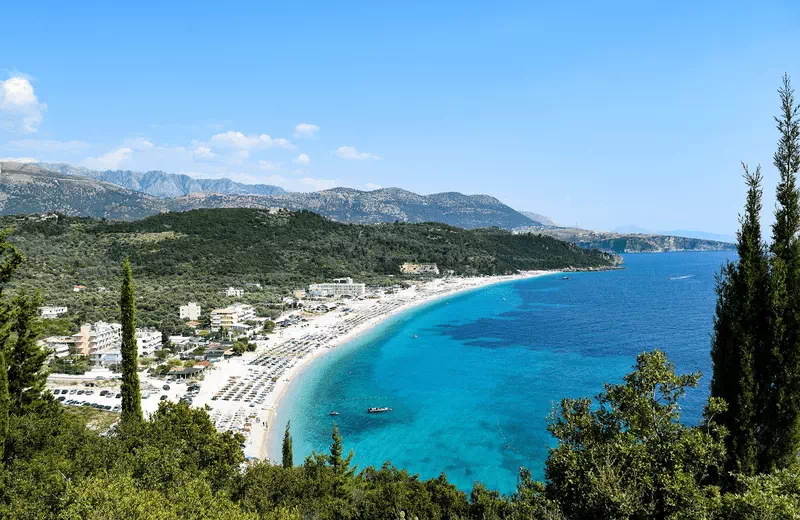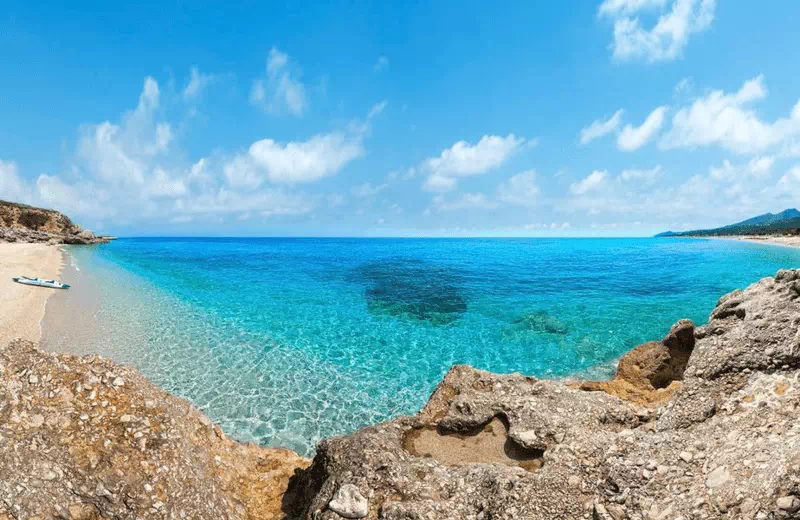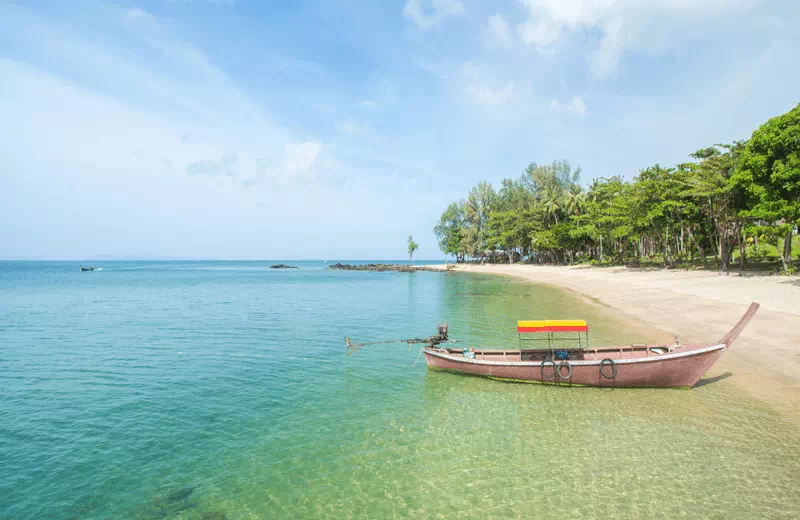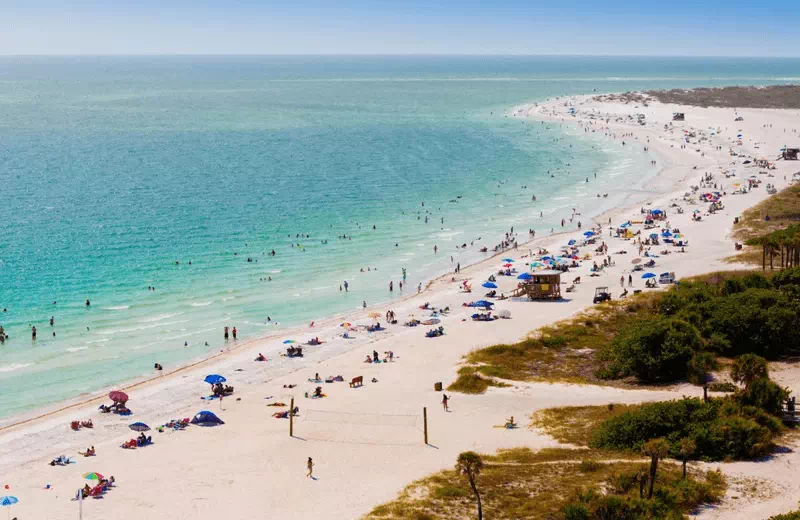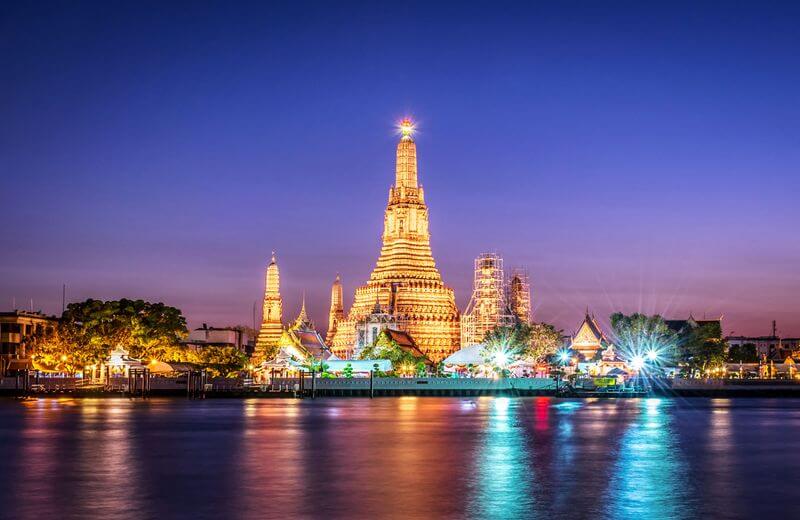The 5 Famous and Largest Rivers of India
India has a wonderful river network that traverses the country, affecting its cultural history, ecosystems, and livelihoods. Five of these rivers stand out as the most popular and biggest in India.
These rivers, which include the Ganga, Yamuna, Indus, Godavari, and Brahmaputra, are extremely important to the people and the country through which they flow. From the holy Ganga to the enormous Brahmaputra, each river has its own unique characteristics, history, and contributions to the diverse tapestry of India.
Join us on a tour of the wonders and import of these five historical rivers that have molded the nation's character and continue to provide a lifeline for millions of people.
Ganga River
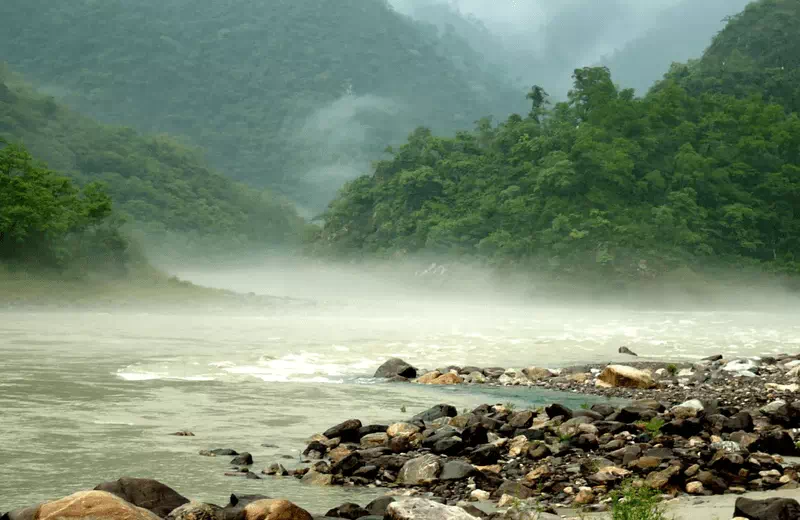
The Ganga, commonly known as the Ganges, is one of India's most sacred rivers. It is a 2,525-kilometer (1,569-mile) long river that runs from the Himalayas through India and Bangladesh before emptying into the Bay of Bengal.
Millions of people live along the Ganga's banks, and it is also a key supply of water for cultivation and hydroelectric generation. The Ganga is more than simply a river; it represents spirituality, purity, and India's cultural history.
The Ganga, revered by millions of Hindus, is said to have descended from heaven to wash away mankind's sins. Devotees assemble on the river's banks to offer prayers and execute holy rites, making the river an essential element of religious ceremonies and rituals.
Bathing in the Ganga is seen to be extremely cleansing, and pilgrims flock from all over the world to immerse themselves in its sacred waters. Every year, millions of Hindus flock to the Ganga to bathe in its waters, and the river is also a major pilgrimage site.
However, the Ganga is one of the world's most polluted rivers. Sewage, industrial waste, and agricultural runoff all contribute to Ganga pollution. This pollution has resulted in a variety of health issues, including waterborne infections like cholera and dysentery.
The Indian government has taken several initiatives to clean up the Ganga, but these efforts have had little effectiveness. There have been a number of high-profile episodes of pollution in the Ganga in recent years, including the finding of dead dolphins in the river.
The Ganga's pollution is a severe environmental and public health issue. It is critical that the Indian government continue to clean up the river and that the Indian people take responsibility for maintaining this vital natural resource.
Recognizing the significance of this lifeline, the Indian government started the Namami Gange initiative in 2014. The effort intends to revitalize the river by undertaking different initiatives such as the building of sewage treatment facilities, riverside development, and cleanliness and responsible waste management awareness campaigns.
The Ganga River is rich in cultural, religious, and ecological significance. Preserving this spiritual connection is critical not only for India, but for all of humanity. It serves as a reminder that conserving our natural resources is critical for our personal well-being as well as the well-being of future generations. Only by working together can we ensure that the Ganga remains a symbol of purity, spirituality, and life for centuries to come.
Brahmaputra River
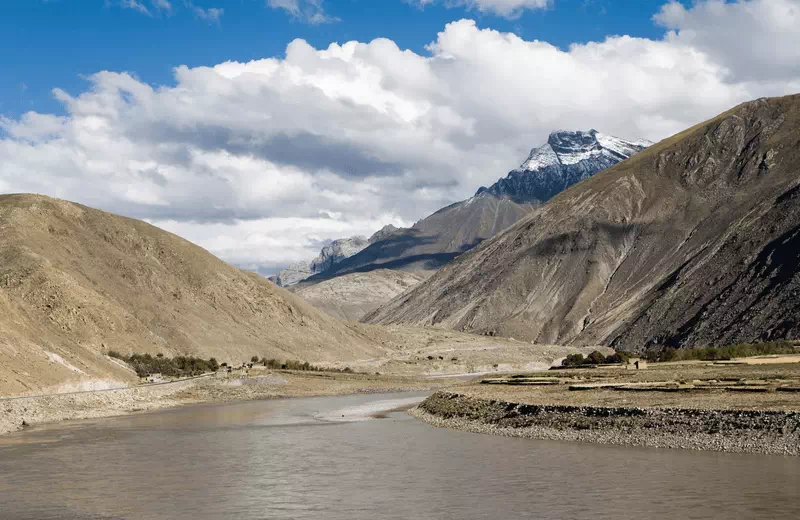
The Brahmaputra River, often known as the "Son of Brahma," is one of Asia's longest and most powerful rivers. It begins in the Tibetan Himalayas and runs through Tibet, China, India, and Bangladesh, spanning a distance of around 2,900 kilometers (1,800 miles). The Brahmaputra River sustains millions of people's livelihoods and shapes the environment of Northeast India.
The Brahmaputra River provides water for cultivation and drinking for millions of people in the region. It also serves as a key transit corridor, and its delta is a significant agricultural region. The Brahmaputra River also supports a wide variety of flora and wildlife, including dolphins, turtles, and fish.
Many people in the region see the Brahmaputra River as a sacred river. Bathing in the Brahmaputra River is thought to purify one of sin. Every year, millions of people go to the Brahmaputra River to bathe in its waters.
The Brahmaputra River is an essential natural resource for millions of Asians. It is critical to maintain the Brahmaputra River from pollution and other dangers in order for it to continue to meet the requirements of the people who rely on it.
The preservation of the Brahmaputra River is critical for the people of Northeast India. It is not just a source of income, but also a biodiversity hotspot, home to rare habitats and endangered species. Sustainable management techniques, conservation initiatives, and community engagement are critical to sustaining the river's long-term health and vitality.
In conclusion, the Brahmaputra River is a powerful and awe-inspiring force that shapes the lives and landscape of Northeast India. While it presents challenges, it also offers immense potential for development and sustenance. By balancing our actions and adopting responsible practices, we can ensure the continued prosperity and well-being associated with the Brahmaputra River for generations to come.
Godavari River
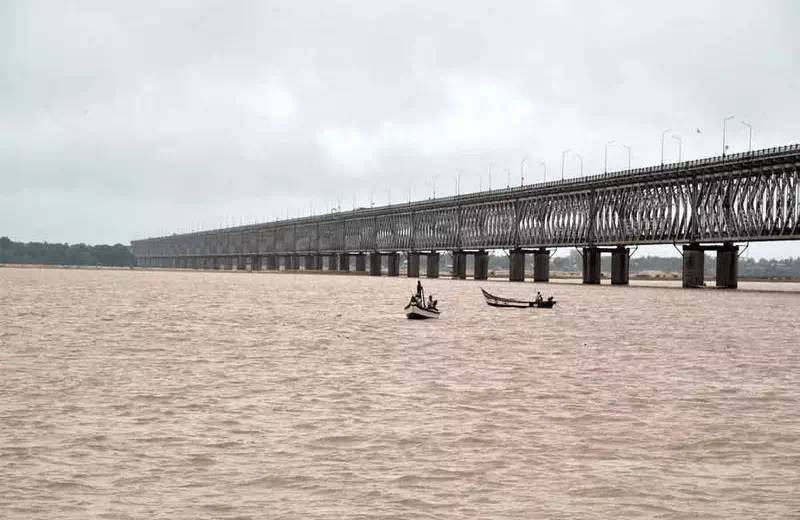
The Godavari River, also known as the Dakshin Ganga (Ganges of the South), is a major river in India that runs through Maharashtra, Telangana, Andhra Pradesh, and Odisha. The Godavari, revered as a holy river, has enormous cultural and historical value.
Through its broad river basin, the Godavari River supports millions of people by providing water for irrigation and supporting agricultural practices. The lush areas along its banks are utilized to grow rice, sugarcane, and cotton, among other crops. The river is also a major supply of fish, which helps local fishing villages survive.
The Godavari River is known for its pure beauty and is home to a broad range of flora and wildlife. The lush woods and marshes that surround the river maintain a diverse environment that is home to a variety of migratory birds, animals, and plants.
However, the Godavari, like many other rivers in India, has issues such as pollution and shortages of water. Industrial effluents and untreated sewage discharge harm the river's water quality and aquatic life's health. Deforestation and encroachment along riverbanks can contribute to erosion and habitat loss.
Efforts are being made to alleviate these issues and conserve the Godavari River. The government and other groups are working to eliminate pollution, promote environmentally friendly activities, and raise awareness about the importance of river protection. Water conservation practices such as rainwater collecting and watershed management are being promoted to ensure the river's resources are used sustainably.
The preservation of the Godavari River is critical for maintaining natural equilibrium, guaranteeing sustainable livelihoods, and conserving the region's cultural history. Collaboration among local communities, government institutions, and environmental groups is critical for the long-term maintenance and renewal of this cherished watercourse.
Finally, the Godavari River is a symbol of cultural legacy and natural beauty as well as a lifeline for the people of South India. It is our common obligation to protect this priceless river and ensure its purity and richness for future generations.
Indus River
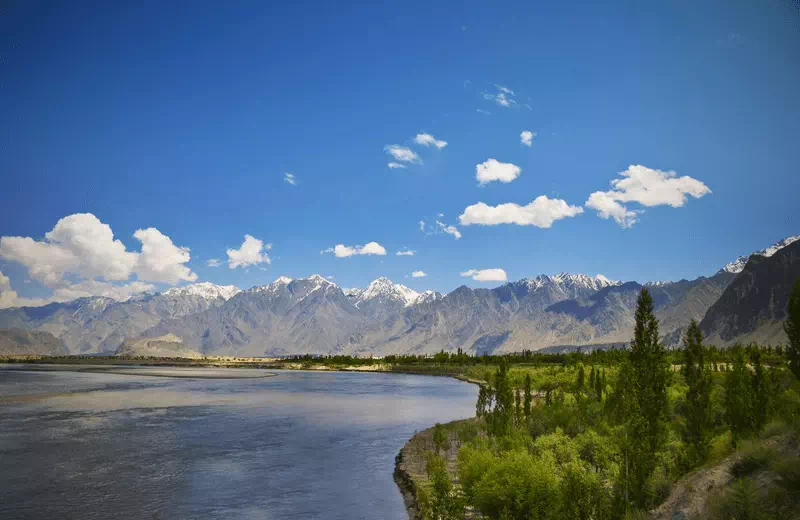
With a length of 3,180 kilometers (1,980 miles), the Indus River is one of Asia's longest rivers. It runs from the Tibetan Plateau through China, India, and Pakistan before emptying into the Arabian Sea. The Indus River basin is home to more than 200 million people, making it one of the world's most populated river basins.
The Indus River provides water for farming and drinking for millions of people in the region. It also serves as a key transit corridor, and its delta is a significant agricultural region. The Indus River also supports a vast array of flora and wildlife, such as dolphins, turtles, and fish.
For ages, the Indus River has played a significant role in human history. From roughly 3300 to 1300 BCE, the Indus Valley Civilization flourished along the banks of the Indus River, making it one of the world's first civilizations. The Indus River is also mentioned in Hindu and Buddhist scriptures, and it has long served as a source of inspiration for painters and writers.
The Indus River is an essential natural resource for millions of Asians. It is critical to safeguard the Indus River from pollution and other dangers in order for it to continue to meet the requirements of the people who rely on it.
To summarize, the Indus River is not only a source of food and livelihood for millions of people, but it is also a tribute to the ancient civilizations that lived along its banks. The protection and conservation of the Indus River is critical for the people's well-being and prosperity, as well as the preservation of our common history.
Yamuna River
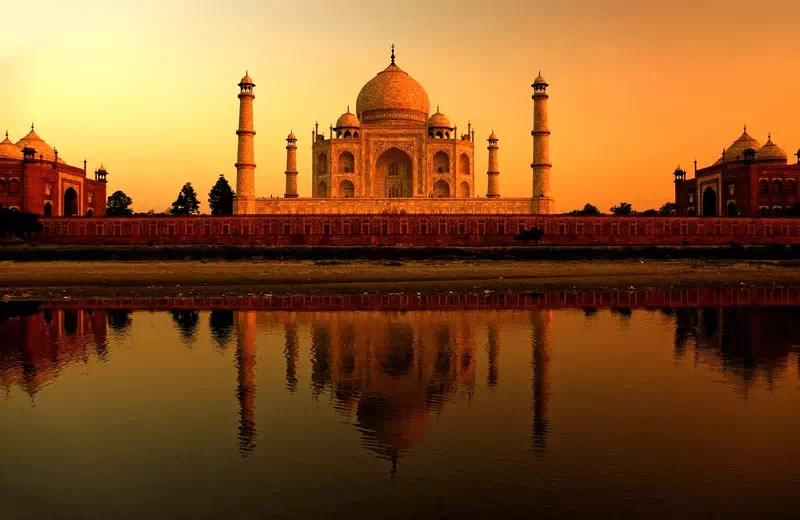
In India, the Yamuna River is an important source of the Ganga River. It is India's second-longest river, after the Ganga, and Asia's seventh-longest river. The Yamuna River rises in the Himalayas in the Yamunotri Glacier and runs 1,376 kilometers (855 miles) through Uttarakhand, Uttar Pradesh, Haryana, Delhi, and Rajasthan before joining the Ganga River at Allahabad.
The Yamuna River provides irrigation and drinking water to millions of people in northern India. It is also a famous tourist attraction, with several religious and historical structures located along its banks.
Hindus regard the Yamuna River to be a sacred river. Bathing in the Yamuna River is thought to purify one of sin. Every year, millions of Hindus come to the Yamuna River to bathe in its waters.
The Yamuna River, like its Ganga twin, is plagued by severe pollution. Rapid urbanization, industrialisation, and unrestricted flow of untreated sewage have made the Yamuna one of the country's most polluted rivers. Pollution levels have degraded water quality, led to the extinction of aquatic species, and increased health hazards for individuals who live along its banks.
However, the Yamuna River is also one of India's most polluted rivers. Sewage, industrial waste, and agricultural runoff all contribute to the Yamuna's pollution. This pollution has resulted in a variety of health issues, including waterborne infections like cholera and dysentery.
The Indian government has attempted a lot of measures to clean up the Yamuna, but with limited success. In recent years, there have been a number of high-profile incidents of pollution in the Yamuna, including the discovery of dead dolphins in the river.
The Yamuna's pollution is a severe environmental and public health issue. It is critical that the Indian government continue to clean up the river and that the Indian people take responsibility for maintaining this vital natural resource.





